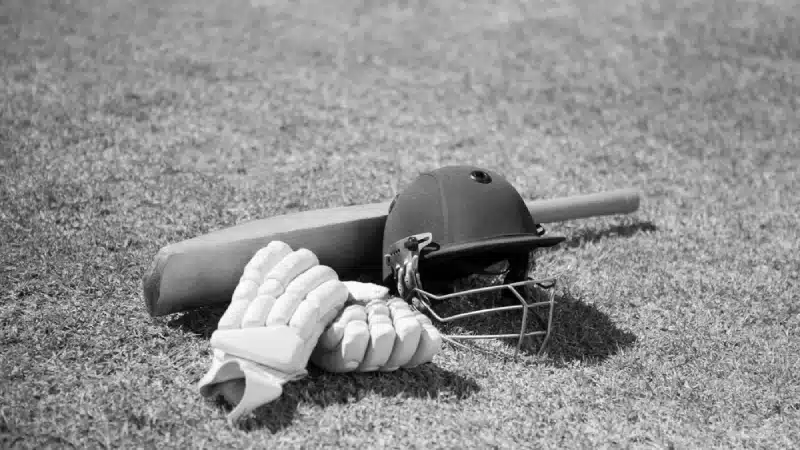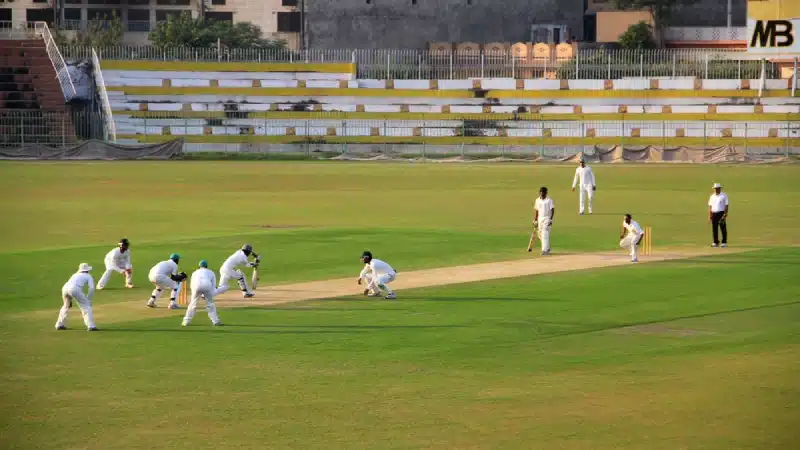
VJD method or V. Jayadevan system is used to calculate target scores in rain-affected one day and T20 matches in all the Indian domestic tournaments. The method, devised by Jayadevan, an Indian engineer from Kerala, is an alternative to the DLS (Duckworth-Lewis and Stern) method.
In September 2007, the BCCI’s technical committee under the leadership of Sunil Gavaskar first approved the VJD method for all the limited-overs domestic matches in India. Thereafter, the system has been used to calculate revised scores in various tournaments like Tamil Nadu Premier League (TNPL), Karnataka Premier League (KPL) and the now-defunct Indian Cricket League (ICL).
The VJD system was even once in consideration for international cricket matches as an alternative to the existing DLS method. However, the ICC committee chaired by former West Indies captain Clive Lloyd decided to persist with the existing DLS method in 2012.
How does the VJD method work?
The VJD method calculation revolves around two mathematical curves, the normal score curve and the target score curve. The normal score curve is obtained by taking into consideration the scoring pattern of a team with respect to the percentage of runs and overs bowled at different phases of the innings.
The target curve is then obtained by looking at the percentage of runs scored in each phase of the innings. The resulting target is then calculated by performing a complex regression analysis.
DLS method vs VJD method: Which is better?
The DLS method takes into consideration the gradual rise in scoring rate as per the innings progression. On the other hand, the VJD method is more comprehensive taking into account the data and statistics of teams from the previous encounters as per the match scenarios.
Contrary to the DLS method, the VJD method does not consider the number of wickets lost while calculating the score and therefore there is no change in the target with the number of dismissals.
However, despite the difference, the two metrics for calculating the revised targets are largely similar with very little variance.
Target variance in both the methods for a reduced 20-over match in ODI cricket
|
Team 1 score (Batting first) |
DLS method (Revised Target) |
VJD method (Revised Target) |
|
150 |
93 |
91 |
|
175 |
109 |
105 |
|
200 |
124 |
118 |
|
225 |
139 |
130 |
|
250 |
154 |
142 |
Author: Kaustubh Potdar
Featured photo: Munir Uz Zaman




















